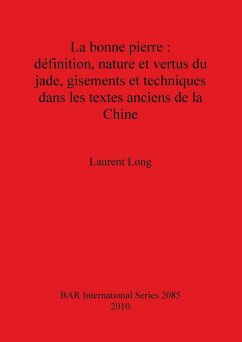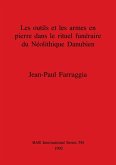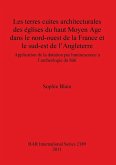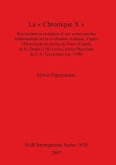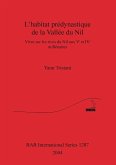A new study of 'The Fair Stone', defining jade, its nature, virtues, deposits and carving techniques according to ancient Chinese texts. Analysis of ancient sources with a critical mind may supplement archaeological finds and modern scientific studies, but others still present scholars with quite a few riddles, such as metal jade carving implements. This study attempts to provide an analysis of the multifaceted meanings, connotations and echoes of a single word, concept and symbol. It also allows a better grasp of matters of concern for mineralogists and gemmologists: jade's origin and deposits, mining and carving technology. Two appendices include a chart of "jade" producing places according to the Shanhaijing (Books of mountains and seas) and a full translation of Song Yingxing' chapter on jade in the Tiangong kaiwu (Exploitation of the works of Nature). Illustrations draw on reproductions of old Chinese books from the Yuan (1279-1368) to the Republic. Maps in late commentaries to the Classics, geographical monographs on Xinjiang or drawn by the author show jade and abrasive deposits and the "jade road" from Khotan to Xi'an.
Hinweis: Dieser Artikel kann nur an eine deutsche Lieferadresse ausgeliefert werden.
Hinweis: Dieser Artikel kann nur an eine deutsche Lieferadresse ausgeliefert werden.

